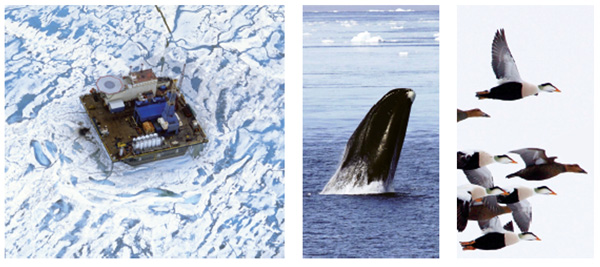Recommendations on Oil Spill Prevention Response and Safety in the US Arctic Ocean

The search for oil is reaching into ever more remote corners of the world, including the U.S. Arctic Ocean. Industrial development in these waters brings a new set of challenges and a large set of risks because people and equipment must work in some of the harshest and most remote conditions on the planet. The Arctic Ocean is ice-covered for eight to nine months of the year, with almost complete darkness for nearly three of those months. Even during the summer when the pack ice has mostly receded, the Arctic still experiences high seas, wind,freezing temperatures, dense fog, and floating ice hazards. In the event of an oil spill or other incident, inadequate infrastructure and punishing weather could seriously delay the arrival of vessels, equipment, and people. Major highways, airports, and ports, which most Americans take for granted, do not exist in the Arctic.
Oil spilled in Arctic waters would be particularly difficult to remove. Currently, there is no proven technology that effectively cleans up oil, especially when it is mixed with broken ice or trapped under ice. An oil spill could seriously harm a rich, complex, and irreplaceable ecosystem found nowhere else in the United States.
The Pew Charitable Trusts is not opposed to offshore drilling, but a balance must be achieved between responsible energy development and protection of the environment. World-leading Arctic standards should be put in place for safety and for oil spill prevention and response in this extreme, remote, and vulnerable ecosystem.











